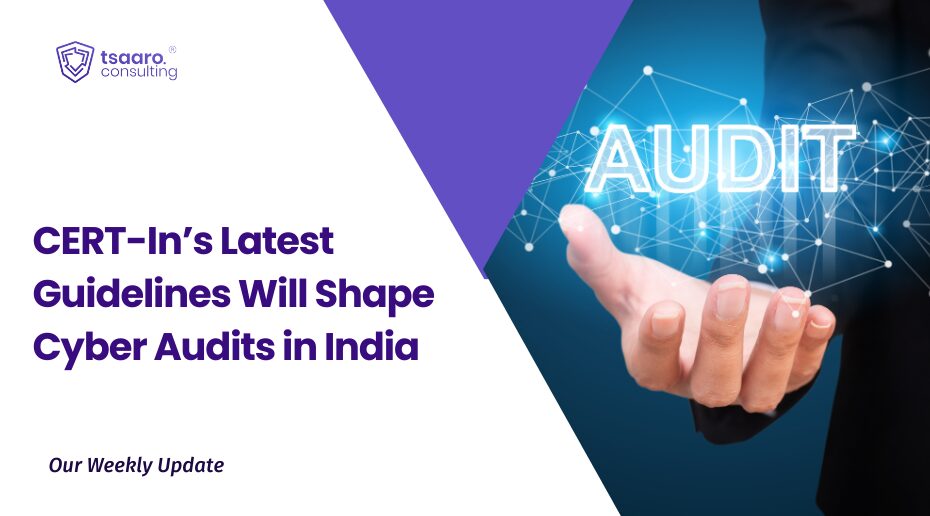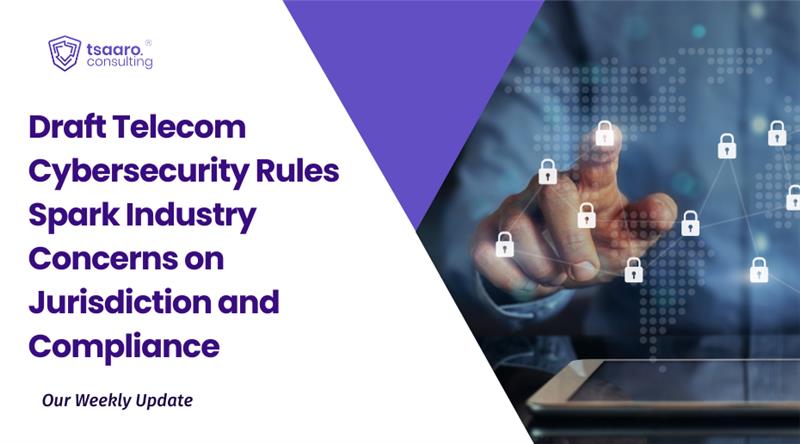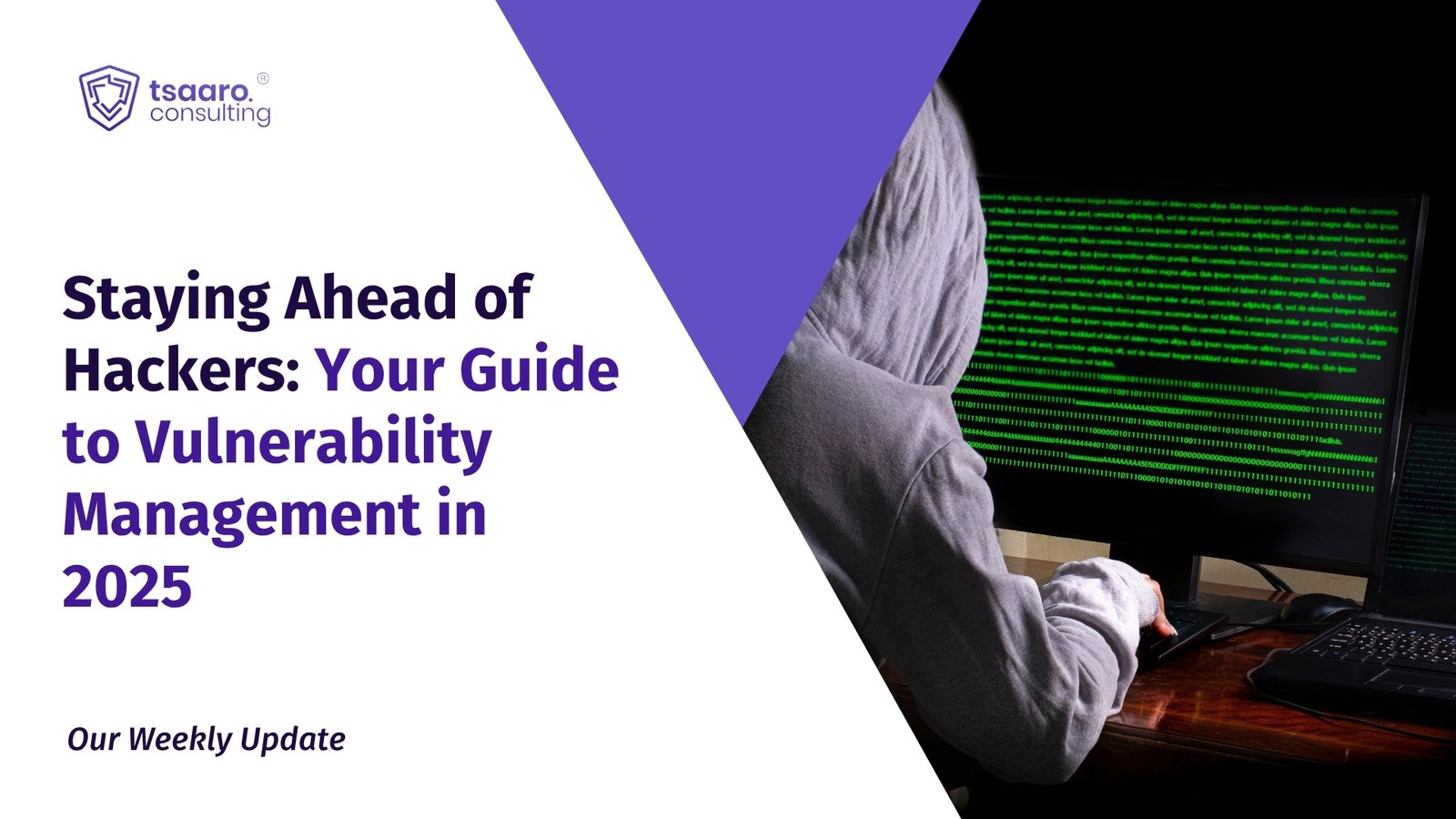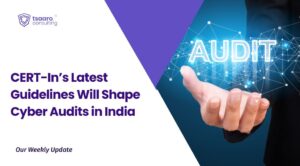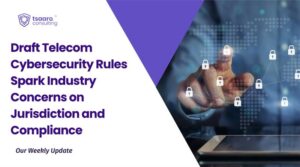INTRODUCTION:
GRC, which stands for Governance, Risk, and Compliance, is a complete system that helps organizations handle risks, follow laws, and achieve their business goals. An effective GRC plan helps organizations act ethically, openly, and in line with their goals. Managing GRC properly is very important for many organizations, large and small. Leaders struggle to see all the risks and follow the rules properly. Having a clear plan for GRC is crucial for good management and helps organizations adapt better to changes and understand their risks.
As discussed earlier, the first element i.e. Governance is all about setting the plans, policies and procedures that are required for the achievement of the strategic goals of the company. Risk management involves minimizing the effects of potential uncertainties that may arise while pursuing the strategic objectives or targets set by the company. The last element is compliance which is nothing but strict adherence to the regulatory requirements, obligations and the set of rules, policies and procedures including any standards specified by the regulators in order to ensure that all the organizational capabilities are working together as per the strategy. Let’s also recognize that compliance entails more than just checking boxes or giving a simple ‘yes’ or ‘no’ answer – it involves conducting oneself ethically and responsibly.
Having a GRC framework helps organizations identify and assess risks, ensuring that their operations and practices comply with legal requirements. GRC is just not a regulatory necessity but beyond that, it serves as a strategic enabler. Organizations that consider GRC as an integral part of their strategic initiatives can leverage it to gain a competitive advantage over its rivals, anticipate market trends, and proactively address risks and opportunities.
In this blog, we explore GRC in detail and how organizations can use it to not just deal with rules but to do well in a time when being adaptable is key to success.
GOVERNANCE AS A STRATEGIC ENABLER:
Governance serves as the vital link that bridges the gaps between different departments within an organization, ensuring that all activities are in harmony with the overarching strategic objectives. It sets a tone for strategic decision-making – internal and external – understand how their contributions and interests fit in with those of others. This framework mitigates the risks of redundancies, conflicting initiatives, and unnecessary expenditures. Through a focus on efficient resource allocation and clear accountability, governance establishes the necessary safeguards to maintain order within the organization. Furthermore, governance acts as a mechanism to mitigate risks and ensure regulatory compliance by validating and managing information and its origins effectively. Therefore, the framework of corporate governance enhances transparency which is a cornerstone for governance and upholds ethical business conduct, adherence to corporate values, and principled operations.
Good governance encompasses several key practices to ensure transparency, efficiency, and ethical conduct within an organization. Firstly, integrating business management systems facilitates a cohesive approach across departments, promoting transparency and collaboration. Secondly, documenting policies and procedures is crucial for setting clear expectations, establishing roles, and ensuring communication of commitments throughout the organization. Another key practice involves adhering to ISO standards such as ISO27001 provides a framework for best practice management systems. Finally, effective risk management involves identifying, assessing, and mitigating risks across operational, strategic domains. These practices collectively contribute to fostering a culture of accountability, integrity, and success within the organization.
RISK MANAGEMENT AS A STRATEGIC ENABLER:
Risk management involves the process of recognizing, evaluating, and managing potential threats to the capital, earnings, and operations of an organization. These risks can arise from various sources, such as financial uncertainties, legal obligations, technological challenges, errors in strategic decision-making etc. Some of these risks are beyond human’s control whereas some come from within and are due to operational, procedural, or technical weaknesses. Still others are due to external threats such as cybersecurity attacks and fraud.
Risk management is a vital process for organizations, helping them identify, assess, and mitigate risks to achieve their goals and enhance governance. The key principles of risk management are: a proactive approach, systematic process, informed decisions, integrated framework, resource allocation, transparency and communication, and continuous monitoring and review. These principles emphasize the importance of being proactive in identifying risks, using a systematic approach to manage them, making decisions based on data, integrating risk management across all organizational levels, allocating resources effectively, maintaining transparent communication, and regularly monitoring and reviewing risk management practices for effectiveness. Adhering to these principles ensures that risk management becomes a strategic enabler, driving value and performance for the organization.
COMPLIANCE AS A STRATEGIC ENABLER:
Compliance encompasses the structures, guidelines, and paperwork that facilitate an organization’s conformity to relevant laws, regulations, and internal policies. This involves adhering to laws, regulations, and policies pertinent to the organization’s industry, locations, personnel, procedures, and status, as defined by the organization itself. Failing to comply with established rules and regulations can significantly hinder an organization’s operations.
Companies holding operating in various jurisdictions are obliged to comply with the respective norms and standards, which must be strictly adhered to. Since the regulatory framework is changing and developing rapidly, it is important to stay updated. Compliance can be achieved by implementing written policies and procedures, designating a compliance officer and committee, conducting training and education, developing effective communication channels, internal monitoring and auditing, enforcing disciplinary guidelines consistently, and promptly responding to detected offenses with corrective action. Each element plays a crucial role in maintaining compliance with regulations and fostering a culture of integrity and accountability throughout the organization.
INTEGRATING GRC FOR STRATEGIC BUSINESS ENABLEMENT:
GRC (Governance, Risk, and Compliance) is essential for organizations, offering myriad benefits. It enhances visibility and transparency, enabling better decision-making and accountability. By effectively managing risks, GRC reduces the likelihood of crises and strengthens overall risk management practices. Moreover, GRC ensures compliance with laws, regulations, and standards, minimizing the risk of penalties and reputational damage. Aligning business objectives with GRC practices enhances operational efficiency and stakeholder trust, while facilitating improved communication and collaboration across departments. Ultimately, GRC promotes good governance by fostering transparency, accountability, and stakeholder confidence within organizations.
To achieve the desired result of strategic business enablement, it is important to integrate all the components of GRC (Governance, Risks, and Compliance) together. With a holistic view of an organization’s governance, risk, and compliance practices, organization can now make better decisions and ensure transparency and accountability. This also involves integrating GRC management into every fundamental business operation, ensuring that all GRC applications are seamlessly integrated into daily tasks while maintaining consistency in information and processes throughout the organization. This integration facilitates the compilation of data for a comprehensive view of overall risk exposure, allows for the monitoring of risk and compliance, and enables the adjustment of business processes to proactively address new opportunities and regulatory requirements.
CONCLUSION:
GRC serves as a strategic business enabler, offering numerous benefits such as enhanced visibility, better risk management, increased compliance, and improved stakeholder trust. By integrating GRC into organizational processes and ensuring alignment with strategic objectives, organizations can navigate uncertainties, seize opportunities, and foster a culture of integrity and accountability, ultimately achieving sustainable success in today’s dynamic business environment.



